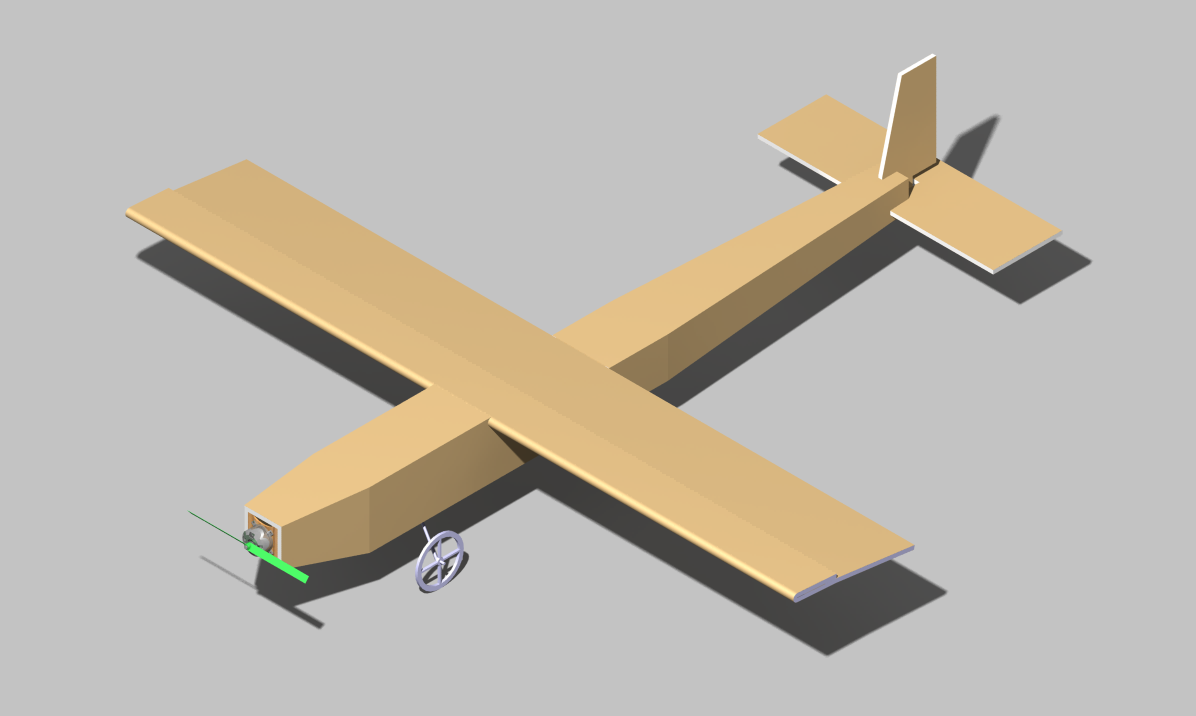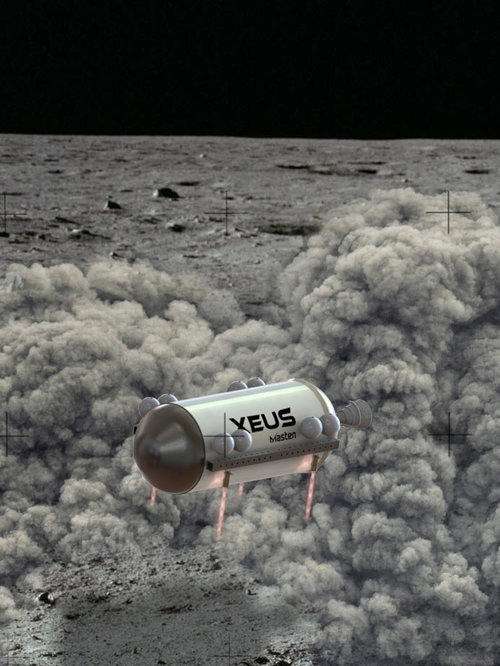Engineering Projects
All of the listed projects were part of course-work through classes while pursuing my undergraduate degree
Autonomous Indoor Pylon Racing Plane
My senior design was to create an autononomous racing plane that would function similarly to Red Bull Air Race planes. Our objective was to create a kit that could be built by anyone aged 8 years and above that could takeoff/land in a 5 feet by 2 feet area, make turns at cruising speed with less than 2 meters radial distance, weighed less than 300 grams and could fly for 8 minutes. Unfortunately due to the COVID-19 pandemic we were never able to test our planes in real life but we were able to simulate our model through gazebo and were able to complete the course virtually with no problems.

Lunar Lander Thermal Loading
This project comprised of working with Masten Aerospace in conjunction with NASA to generate universal boundary conditions for the width of Lunar Lander legs. Once these conditions are developed, they will be made to free to use for all aerospace companies and agencies and can save these companies and agenecies millions of dollars per launch by reducing weight of the aluminum lander legs. Extensive literature review was performed before determining that test rigs will consist of Type-K thermocouples and a thermocouple data logger, camera's with heat shields and thermochromic paint. Testing was performed with Zucrow Propulsion Laboratory's experimental rocket nozzles and will continue with Masten Aerospace's Xeus Lander. I was one of the founding members of this project and it is still underway till date.

Regional Unmanned Delivery of Light Packages to Homes (R.U.D.O.L.P.H.)
My junior design was to create an autonomous last-mile drone delivery system that would be more economical and faster than current day delivery methods. My team and I came up with Project RUDOPLH to solve this issue which consisted of a 8 downward facing propeller array with a bigger pusher propeller in the back for propulsion and an enclosed hull to protect it from weather conditions with a tether to load and drop packages. We were able to theoretically prove that our solution would significantly reduce the cost per mile associated with last mile delivery and prove its affectiveness in a suburban and rural enviroment while complying with all FAA regulations.
Rocket Launch Project
My final project under my propulsion concentration was to manufacture a small and light rocket and predict its trajectory and performace under the present launch atmospheric conditions. We were given a small motor with a 1.2 second burn time RCS 8225W White Lightning with an ISP of 213.8 seconds and were required to design and manufacture a casing for it. We were then asked to predict our rocket's trajectory and maximize altitude while minimizing lateral deviation from the launch site.

Aerospace Systems Design (NASA RFP)
My Sophomore Design concentration's final project was to particiapte in a NASA RFP for a full-reuseable launch system for unmanned payloads to Low Earth Orbit and Geostationary Orbit. We were able to design an aircraft that could air-capture the nose cone and fairings, along with a self-landing rocket booster, similiar to SpaceX's Falcon 9 booster to enable cost returns that were 357% better than present day solutions. We were not able to prove our design as manufacturing costs for such a project exceed corporation's yearly budgets so using our department's budget was out of the project scope.